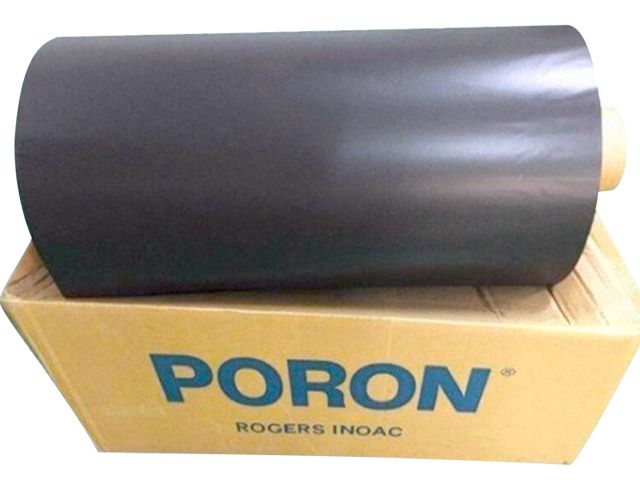What is foam? What kind of material is the foam?
what is foam
Generally, it is PU (polyurethane), which is foamed and molded. Referred to as foam. Foam has a series of characteristics such as elasticity, light weight, fast pressure-sensitive fixation, convenient use, free bending, ultra-thin volume, and reliable performance.
It is generally used as a sealing material, and also has the function of cushioning and shock absorption.

Foam properties
• Very good shielding effect at low pressure, the shielding effectiveness is over 90dB.
• Resilient and lightweight.
• Corrosion-resistant nickel coating resists galvanic corrosion.
• Low surface contact resistance.
• Quick pressure-sensitive fixation.
•Customer can specify the length.
• Numerous cross-section options.
• UL rated fire protection.
It can be pasted with mylar (double-sided adhesive tape for customers) and the product quality is stable,
Heat and pressure resistance, not easy to fall off, high tensile strength,
After the product is installed, after a low temperature of -20°C to a high temperature of 80°C,
The quality is still maintained in the cycle test for 72 hours.
It is easy to use, bend freely, ultra-thin,
A series of features such as reliable performance.
foam material
Foam materials are: PU foam, anti-static foam, conductive foam, EPE, anti-static EPE, PORON, CR, EVA, bridging PE, SBR, EPDM, etc. Thin, reliable performance and a series of characteristics.
Take conductive foam as an example. The conductive cloth is wrapped on the flame-retardant sponge with conductive cloth. After a series of treatments, it has good surface conductivity and can be easily fixed on the device to be shielded with adhesive tape. Shielding materials with different cross-sectional shapes, installation methods, UL ratings and shielding effectiveness are available.
Conductive foam can be divided into: aluminum foil cloth foam, conductive fiber cloth foam, gold-plated cloth foam, carbon-plated cloth foam, etc.
Features and advantages of conductive foam
RoHS Compliant
Improved Z-axis resistivity can increase shielding effectiveness to over 90dB over a wide frequency range
Applicable thickness 0.039"(1mm), 0.060"(1.5mm), 0.079"(2 mm), 0.098"(2.5 mm), 0.125"(3.2mm), width can reach 0.250"(6.4mm)
Large compression range, the maximum can be compressed to 60% of the original thickness
Also has UL94 HB and V0 flame retardant rating
Available in a variety of standard configurations including D-subs, USB port, IEEE 1394, SCSI and RJ 11. (Also available in thin sheet and rectangular form factors)
Can be punched into desired shape
Die-cut I/O, rectangular spacers, and panel spacers are available with or without conductive adhesive
Low residual deformation ensures long-term performance of the product
Widely used in PDP TVs, LCD monitors, LCD TVs, mobile phones, notebook computers, MP3, communication cabinets, medical equipment and other electronic products as well as military and aerospace fields.



